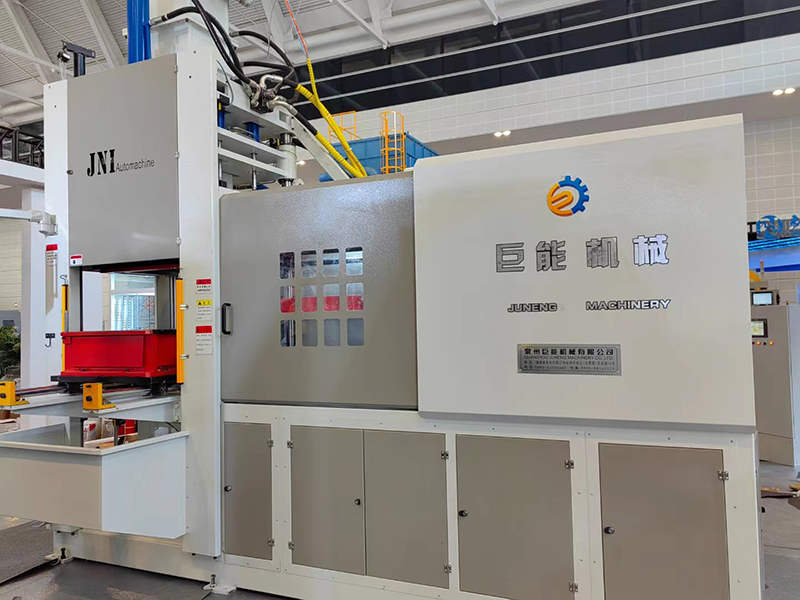The automatic sand molding machine is a highly efficient and advanced equipment used in the foundry industry for mass production of sand molds. It automates the process of mold making, resulting in increased productivity, improved mold quality, and reduced labor costs. Here is an application and operation guide for the automatic sand molding machine:
Application: 1. Mass Production: The automatic sand molding machine is suitable for high-volume production, where large quantities of sand molds are required within a short period.
2. Diverse Castings: It can produce sand molds for various types of castings, including complex and intricate shapes, such as engine blocks, pump housings, gearboxes, and automotive components.
3. Different Materials: The machine is versatile and compatible with different molding materials, such as green sand, resin-coated sand, and chemically bonded sand.
4.Precision and Consistency: It ensures high mold quality and dimensional accuracy, resulting in consistent and repeatable casting dimensions.
5.Time and Cost Efficiency: The automatic operation reduces labor-intensive tasks, increases production speed, and minimizes material waste, ultimately improving overall efficiency and cost-effectiveness.
Operation Guide: 1. Set up the machine: Ensure proper installation and setup of the-automatic sand molding machine according to the manufacture’s instructions. This includes connecting power and utilities, checking the alignment, and preparing the molding materials.
2.Load the pattern: Place the desired pattern or core box onto the molding machine’s pattern plate or shuttle system. Ensure proper alignment and secure the pattern in place.
3.Prepare the molding materials: Depending on the type of sand used, prepare the molding material by mixing sand with the appropriate additives and binders. Follow the recommended ratios and procedures provided by the manufacturer.
4.Start the molding process: Activate the machine and select the desired mold parameters, such as mold size, compactability, and molding speed. The machine will automatically perform the required operations, including sand compaction, pattern movement, and mold assembly.
5.Monitor the process: Continuously monitor the molding process to ensure smooth operation, detect any abnormalities or errors, and make adjustments if necessary. Pay attention to critical factors such as sand quality, binder application, and mold integrity.
6.Remove completed molds: Once the molds are fully formed, the machine will release the pattern and prepare for the next cycle. Remove the completed molds from the machine using appropriate handing equipment.
7.Post-processing and finishing: Inspect the molds for any defects or imperfections. Repair or modify the molds as needed. Proceed with further processing steps, such as pouring molten metal into the mold, cooling, and shakeout.
8.Maintenance and cleaning: Regularly clean and maintain the automatic sand molding machine according to the manufacture’s instructions. This includes removing residual sand, inspecting and replacing worn-out components, and lubricating moving parts.
Note: It is crucial to follow the specific guidelines provided by the manufacturer of the automatic sand molding machine, as different machines may have variations in operation and functionality.
Post time: Nov-08-2023

